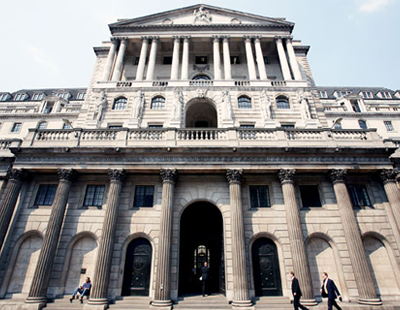The property market is famously difficult to predict. In recent years, Brexit uncertainty and the pandemic should have halted price growth. But it didn’t.
In fact, not only did prices not fall, the last two years have seen increases at rarely seen before rates. Almost every area has seen double-digit price inflation with many locations seeing unprecedented growth of 15% to 18%.
We have now started to see these eye-watering increases recede and the market is slowly returning to something like normal.
So, what do the last five months of 2022 hold?
To answer that, we need to look at what factors have got us to where we are and what has changed.
For years, property prices ebbed and flowed, mirroring world events. There seemed to be a fairly predictable cycle of price rises for around a decade, followed by a readjustment - sometimes a severe one that would last for some years before prices began their upward journey once again. But this changed with the financial crash of 2008.
For a long period, getting a mortgage was impossible for most, and prices tumbled, the UK economy was in turmoil, and people simply stopped spending money or taking on debt and where they could, they saved. The Bank of England, fearing stagflation, changed interest rates from over 5% in early 2008 to just 0.5% a year later. Brexit worries saw rates fall even further to just 0.25% and again to 0.10% to counter the economic shock of Covid. With rates that low, borrowing money was cheap and easy and there was almost no reason to leave cash in the bank – at those rates £100,000 brings in £100 a year!
This gave us a double whammy. A stampede of buy-to-let landlords looking for a better home for their cash than the bank and homebuyers rushing to take advantage of repayments for a mortgage costing far less than rent. Add the post-lockdown effect of the ‘race for space’ and the ill-advised Stamp Duty holiday and it's little wonder prices went through the roof.
Governments and banks should not be surprised when people borrow as much as someone will reasonably lend them. It’s human nature. Estate agents know this well. When an applicant registers to look up to £250,000, they will send them properties up to £290,000. It’s so common that agency software will automatically add a percentage when running a match.
Prices rose, rose, and rose again. So what’s changed? Well, interest rates for a start. Last Christmas the base rate was 1% less than today – that’s a huge jump from 0.25% and lenders are factoring the rises in as well as predicting further rises meaning fixed-rate loans are more expensive. That has taken money out of the pockets of owners and buyers alike, reining in ambitions to move or increase debt.
But there are other factors at play, too, that make the small rises in rate seem insignificant. I’m talking, of course, about the cost of living crisis that affects us all. Food, heating, taxes, and fuel are all up by double-digit percentages. Taking yet more money out of pockets will, by winter, be the biggest threat to the now quite fragile property market.
There may be further negative effects thanks to disruption caused by strikes that look set to be a feature of our lives once again. Everyone will begin to feel more insecure financially as they look for ways to pay the difference in prices. Could this be the catalyst that begins a free-fall in prices?
It could.
But there are also many things that will help to balance the market. As inflation rises, savings will lose value in real terms. Returns of 5%+ from property will seem more attractive to landlords. Rents will rise, pushing many of the first-time buyers currently on the fence to make the move.
What’s more, the government will likely intervene again to prop things up, perhaps with tweaks to Stamp Duty to encourage more supply to tempt buyers. Interest rates are rising, but they are still very low and people will want to fix them at a cheap rate soon – that will create demand too.
There is no doubt that multiple interest rate rises in recent months and the very real possibility of yet more rises will cause all homeowners and buyers much concern – even fear. But the horrendous rates of inflation both within and outside the property sector could be much worse in the long term. Unfortunately, interest rates are a blunt tool used to control rising prices. The rise in the cost of borrowing punishes frugal and extravagant homeowners equally.
Interest rates were left too low for too long and created this imbalanced and unfair property market. And as unpleasant as the effects will be, it is interest rates that might just get things back on track and manage the deceleration, avoiding the very real spectre of a full-scale property crash.
For now, though, prices should remain steady, the cliff edge is a long way away right now.
But make no mistake, we are pointed in its direction and the question now is whether the market will slow down just enough to stop short of it.
*Jonathan Rolande is a director at House Buy Fast





/LizzTrussPM-400x310.png)







.png)


.png)



Join the conversation
Be the first to comment (please use the comment box below)
Please login to comment